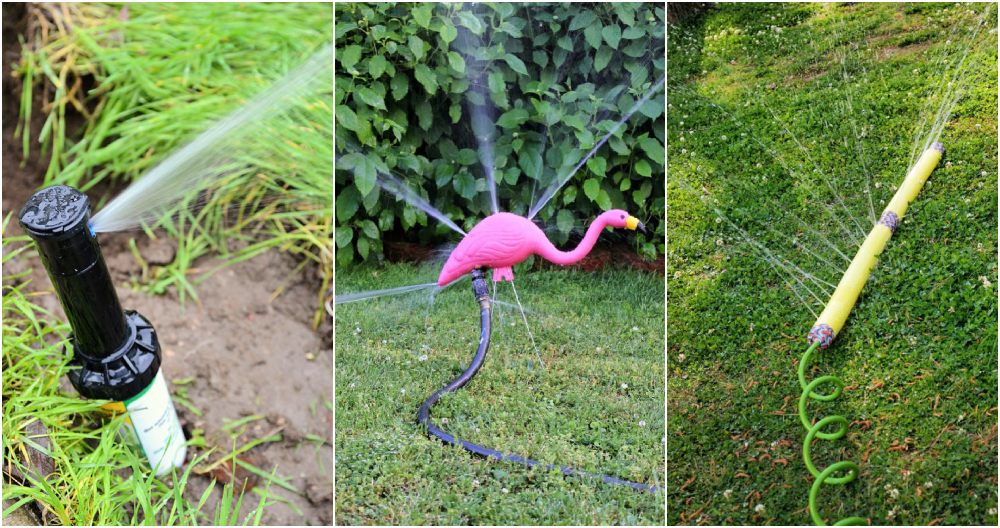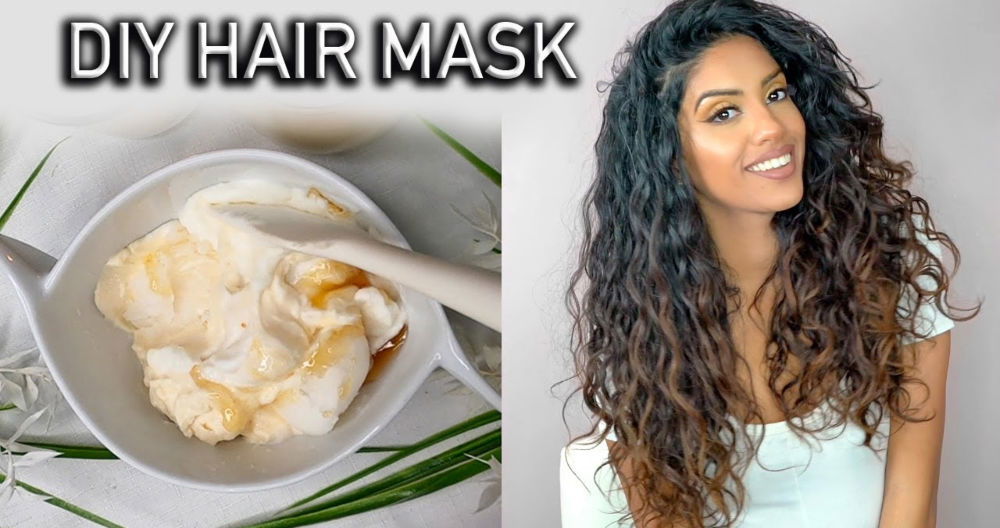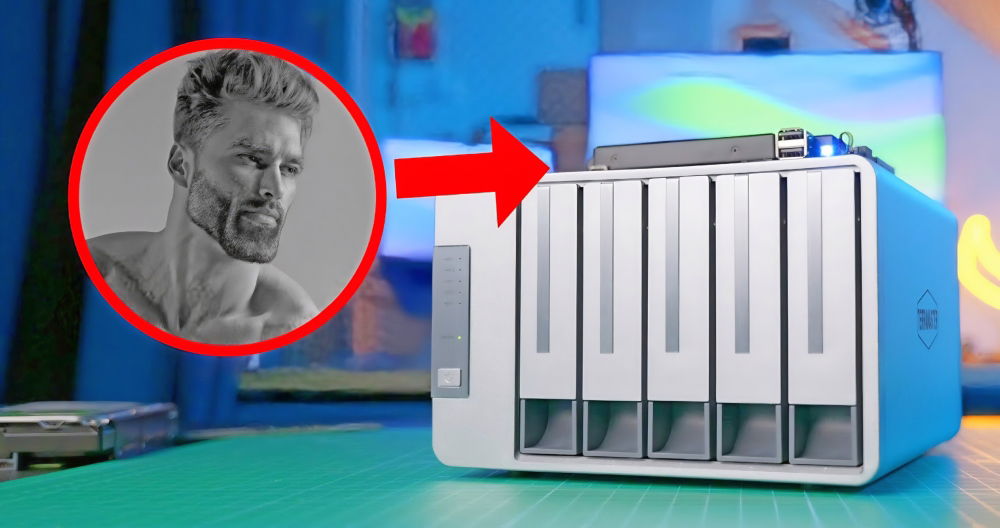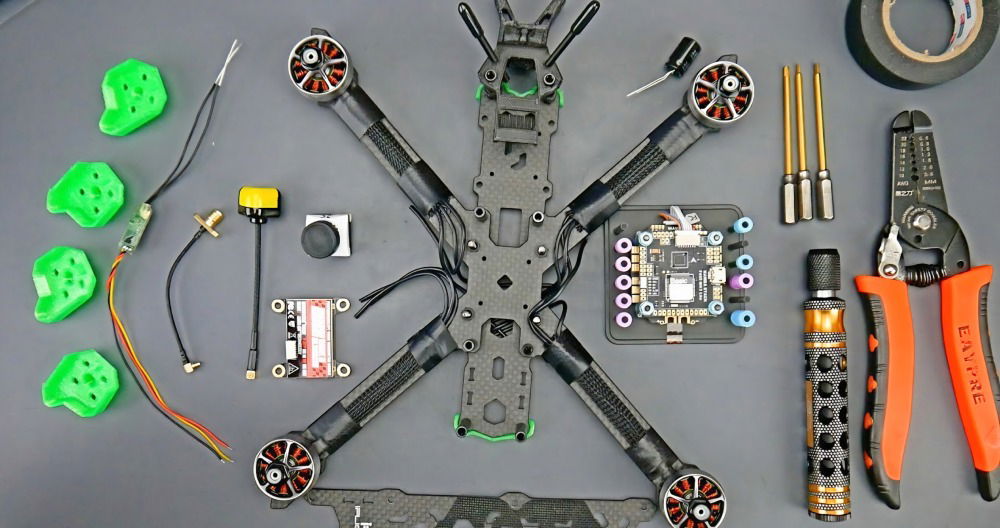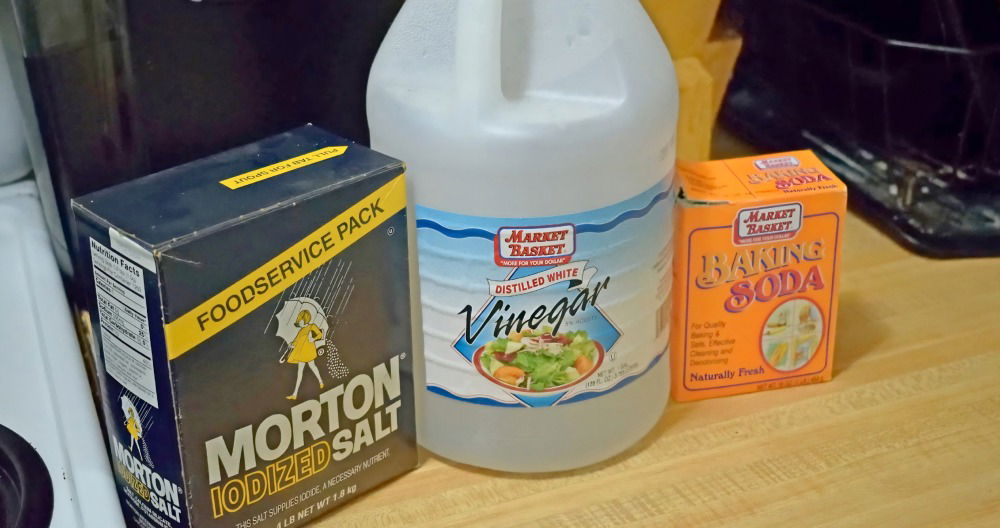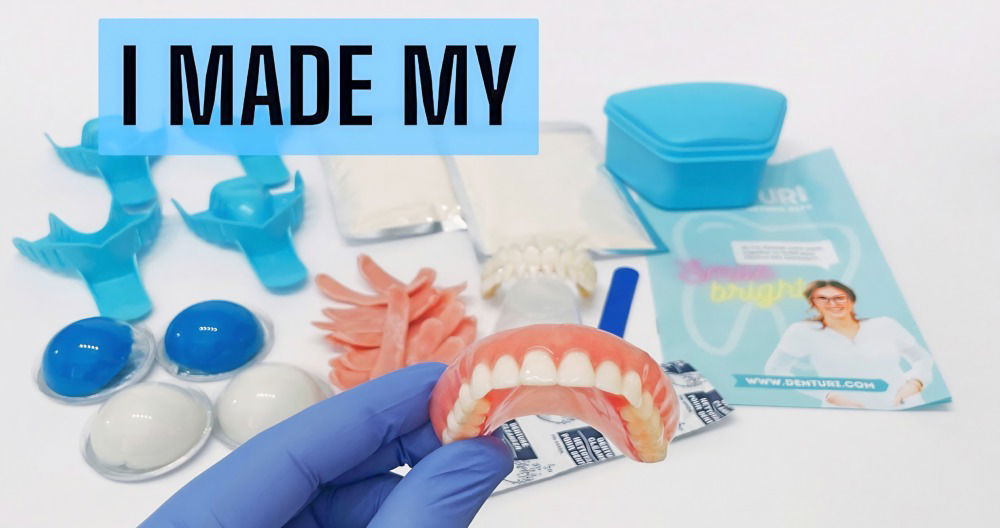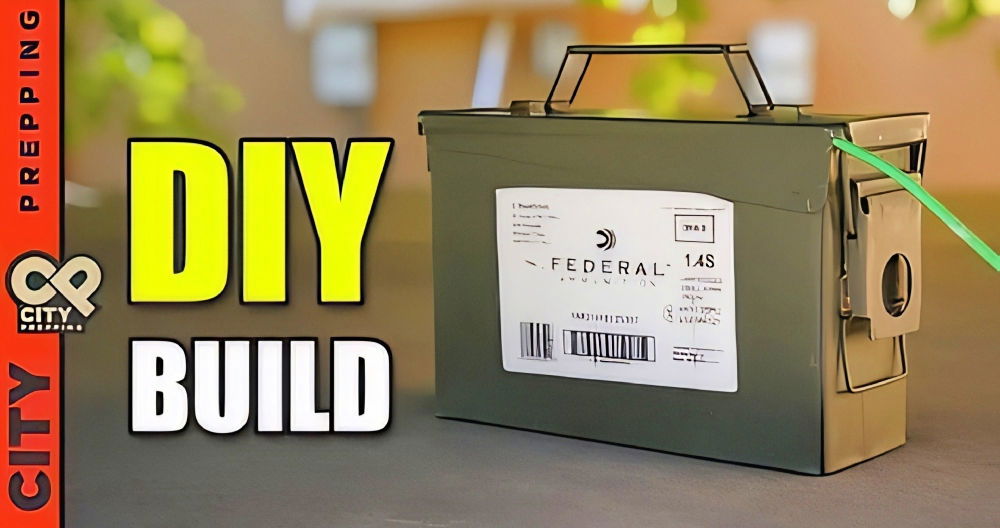One afternoon, I discovered tiny piles of sawdust beneath my wooden deck. Worried about possible termite activity, I decided it was time to act. Instead of immediately hiring a professional, I wanted to try handling the problem myself. I was eager to learn about DIY termite treatment and take control of the situation.
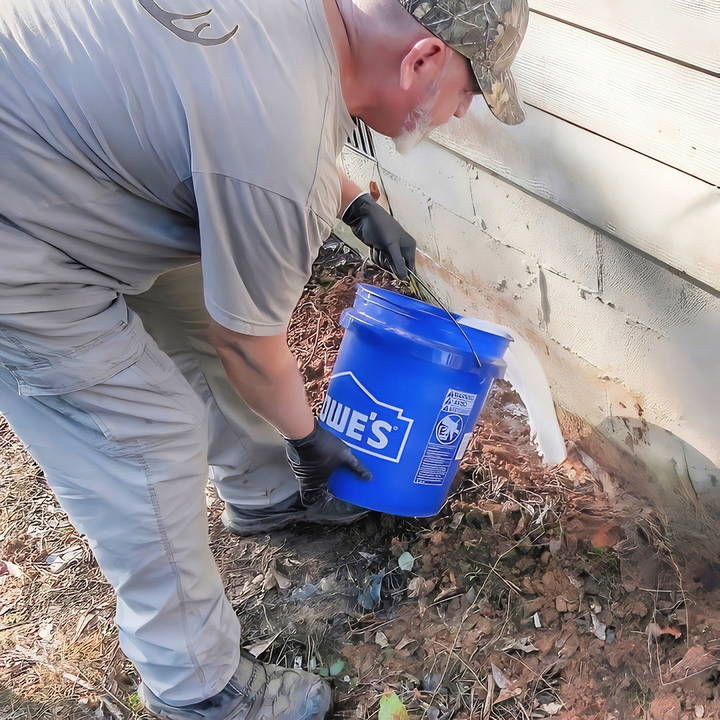
With determination, I researched how to get rid of termites using methods I could apply on my own. Gathering the necessary supplies, I carefully treated the affected areas around my home. The process of DIY termite control was straightforward, and I felt a sense of accomplishment as I watched the termites disappear.
I'm sharing my story so you can benefit from my experience. These steps helped me tackle the termite problem, and I'm confident they can help you too.
Understanding the Enemy
Before diving into the treatment, it's crucial to understand that not all termite control methods are maked equal. The traditional repellent treatments merely keep termites at bay without eliminating the problem. However, there are products out there designed to not just repel but kill the invaders and protect your home for up to ten years. I discovered this through research and some advice from professional exterminators.
Choosing the Right Product
After some digging, I came across two reputable products, Termidor SC and Taurus SC, both highly recommended for their effectiveness. However, budget constraints led me to a generic version that promised similar results but at a lower cost. This generic termicide had the same active ingredients and worked on the same principle: it kills the termites upon contact and allows them to carry the poison back to their colony, effectively wiping out the entire population.
Materials Needed:
- Generic termicide (the main weapon)
- Shovel or spade (for trenching)
- 5-gallon bucket (for mixing the solution)
- Protective gloves (safety first)
- Measuring cup (for precise mixing)
- Garden sprayer or watering can (for applying the solution)
Each material plays its part; the shovel for making a barrier around your home, the bucket for mixing, gloves for safety, a measuring cup for accuracy, and a sprayer for application.
Step by Step Instructions
Effective DIY termite treatment guide. Step-by-step instructions to tackle termite infestations and protect your home easily.
Step 1: Preparing the Perimeter
First, I walked around my house identifying areas most vulnerable to termite infestation, such as wood in contact with soil and dark, damp spots. Then, using a shovel, I dug a 6-inch wide by 6-inch deep trench along the perimeter of my home. This was by no means an easy task, but it's necessary for making an effective barrier.
Step 2: Mixing the Termicide
Next, I took my 5-gallon bucket and filled it with 4 gallons of water. Following the instructions on the termicide label, I mixed in 0.8 ounces of the concentrated solution per gallon of water. It was crucial to get this ratio just right to ensure the treatment's effectiveness without causing harm to the surrounding environment.
Step 3: Applying the Solution
Wearing my gloves and using a garden sprayer, I carefully applied the termicide solution to the trench. The idea was to soak the soil around my home's foundation, allowing the chemical to seep in deeply. After filling the trench with the solution, I waited for it to absorb into the ground.
Step 4: Sealing the Deal
Once the solution had fully penetrated the soil, the final step was to refill the trench with the excavated dirt. But first, I sprayed this soil with the termicide to ensure no part was left untreated. This maked a continuous barrier that would protect my home from termites for up to ten years.
Maintenance and Monitoring
While the heavy lifting was done, I learned that it's essential to monitor the treated area periodically. This means checking for signs of termite activity near the barrier and inside the home. Fortunately, this type of treatment reduces the need for constant vigilance compared to repellent-only methods.
Signs of Infestation
Detecting a termite infestation early can save you from extensive damage and costly repairs. Here's what to look out for in your home:
- Mud Tubes: These pencil-sized tunnels are often found near the foundation of your home. Termites use these tubes to travel from their underground colonies to their food source, your house.
- Wood Damage: Termites eat wood from the inside out, so if your wooden structures sound hollow when tapped or you notice crumbling wood, it might be due to termites.
- Discarded Wings: After swarming to start new colonies, termites shed their wings. Finding piles of wings inside your home, especially near light sources, is a common sign of infestation.
- Frass: This is termite droppings that look like small, wood-colored pellets. If you find these near wooden items, it's time to inspect for termites.
- Noises: You might hear a quiet clicking sound coming from the walls. Soldier termites bang their heads against the wood or shake their bodies when the colony is disturbed to signal danger to other termites.
- Hard to Open Windows/Doors: As termites devour wood, their excrement makes a protective environment that traps heat and moisture. This can cause wood to warp, making windows and doors tough to open.
- Live Termites: Although they're often mistaken for ants, termites have straight antennae and a waist that's less defined. Seeing them around your home is a clear indicator of an infestation.
Notice these signs and act fast. DIY methods may help minor issues, but pros are best for severe cases. Regular checks and prevention keep your home termite-free.
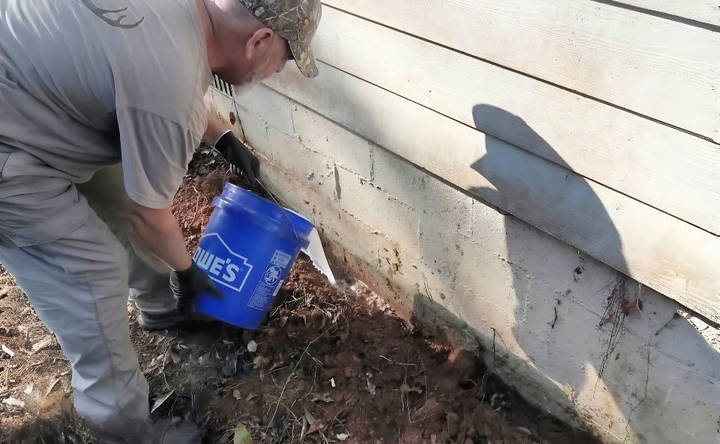
DIY Treatment Options
When it comes to protecting your home from termites, there are several do-it-yourself options that can be both effective and cost-efficient. Here's a guide to some of the most popular methods:
- Liquid Termiticides: These are chemicals designed to prevent termites from entering your home. You can apply them in a trench around your home's foundation. Non-repellent options are available that termites cannot detect, ensuring they don't avoid the treated area.
- Bait Systems: Bait stations can be installed around your property to monitor and control termite activity. When termites feed on the bait, they carry the poison back to the colony, which helps reduce the population over time.
- Wood Treatments: Products like borate wood treatments can be applied directly to wood surfaces in your home. This not only prevents termite infestation but also kills any termites that attempt to consume the treated wood.
- Natural Predators: Introducing nematodes, which are microscopic worms, into the soil around your home can help control termite populations. They naturally prey on termites and are a non-toxic method.
- Diatomaceous Earth: This is a powder made from fossilized algae. When applied to areas where termites are present, it can dehydrate and kill them. It's a safer option if you have pets or children in the home.
- Cardboard Traps: Wet cardboard can attract termites. Once they congregate on the cardboard, you can remove and burn it to reduce the termite population. This method is more about detection and reducing numbers rather than complete eradication.
DIY methods might work for small infestations, but larger ones need a professional pest control service. Regular inspections and upkeep are crucial to keep your home termite-free.
Safety Precautions
When dealing with termites and termite treatment products, safety is paramount. Here are some straightforward precautions to keep you and your family safe:
- Read Labels Carefully: Before using any product, thoroughly read the label. It contains vital information on how to use the product safely and effectively.
- Wear Protective Gear: Always wear gloves, long sleeves, pants, and safety goggles when handling termite treatment chemicals to protect your skin and eyes.
- Ventilation is Key: If you're using treatments indoors, ensure the area is well-ventilated to avoid inhaling fumes.
- Keep Children and Pets Away: Make sure children and pets are not in the area when applying treatments and until the area has been declared safe.
- Store Products Safely: Keep all termite treatment products in a secure place that is out of reach of children and pets.
- Dispose of Waste Properly: Follow local regulations for disposing of any leftover chemicals or containers.
- Wash Thoroughly After Use: After handling termite treatment products, wash your hands and any exposed skin before eating, drinking, or touching your face.
- Be Cautious with Electricity: When treating areas near electrical outlets or wiring, turn off the power to avoid any risk of electrocution.
- Avoid Contamination: Do not eat, drink, or smoke while applying termite treatment products to prevent ingestion of chemicals.
By following these simple yet effective safety measures, you can ensure that your DIY termite treatment is not only successful but also safe for everyone involved.
FAQs About DIY Termite Treatment
Discover essential FAQs about DIY termite treatment. Get expert tips and answers for safe, effective termite control at home.
DIY termite treatment involves homeowners taking steps to eliminate or prevent termite infestations using over-the-counter products and methods. It typically includes identifying the type of termites, locating their nests, and applying treatments such as liquid termiticides, bait systems, or direct wood treatments. The effectiveness of DIY treatments depends on the correct identification of the termite species and thorough application of the products.
Yes, homeowners can effectively treat termites themselves by following proper guidelines and using the right products. However, it's important to understand that DIY treatments may not be as comprehensive as professional services. For subterranean termites, treatments usually involve making a chemical barrier in the soil around your home. For drywood termites, treatments may include spot treatments with termiticides or wood treatments.
The most common DIY termite treatment methods include:
Chemical Soil Treatments: Making a chemical barrier in the soil to prevent termites from entering the home.
Bait Systems: Installing bait stations around the property to attract and poison termites.
Direct Wood Treatments: Applying termiticides directly to wood surfaces where termites are present.
Boric Acid: Using boric acid as a less toxic option for treating infested wood and soil.
Most DIY termite treatments are safe when used according to the manufacturer's instructions. It's crucial to follow all safety guidelines, such as wearing protective gear and keeping children and pets away from treated areas until they are dry. Always read and adhere to the product labels for safe application.
You should consider calling a professional if:
The termite infestation is widespread or difficult to access.
You are unsure about the type of termites or the extent of the damage.
Prefer a guarantee for the effectiveness of the treatment.
You are not comfortable handling chemicals or implementing the treatment yourself.
Conclusion
Handling the termite issue myself not only saved money but also gave me peace of mind. If I could do it, you can too. Let's begin your DIY termite treatment today.


